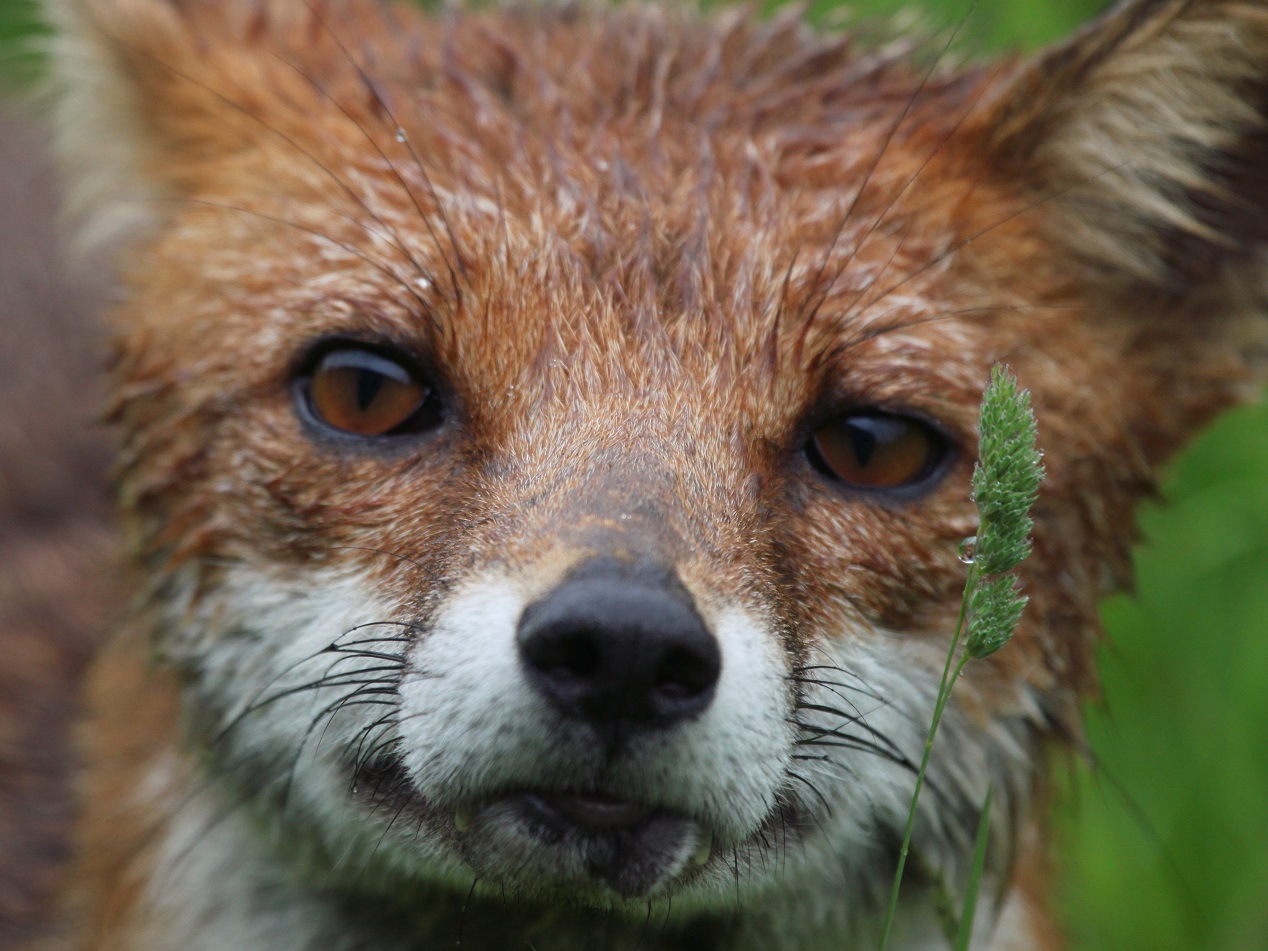"Please don't feed me, even when I beg. I have a cub which you may have seen, and I know there are scraps under the bird feeders, and on Saturday there was a good smell coming from the hide. I think someone had a good lunch in his sack, though I didn't get to try it."

(signed) Cunning Vixen
Our foxes are wild animals and have to fend for themselves. We put a little food out for the voles and the…